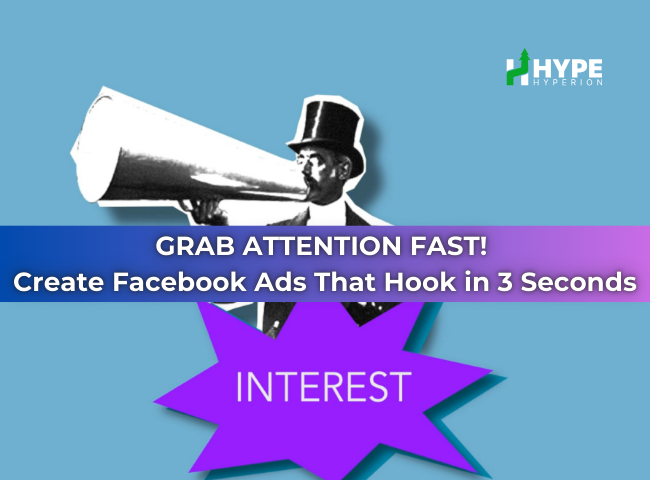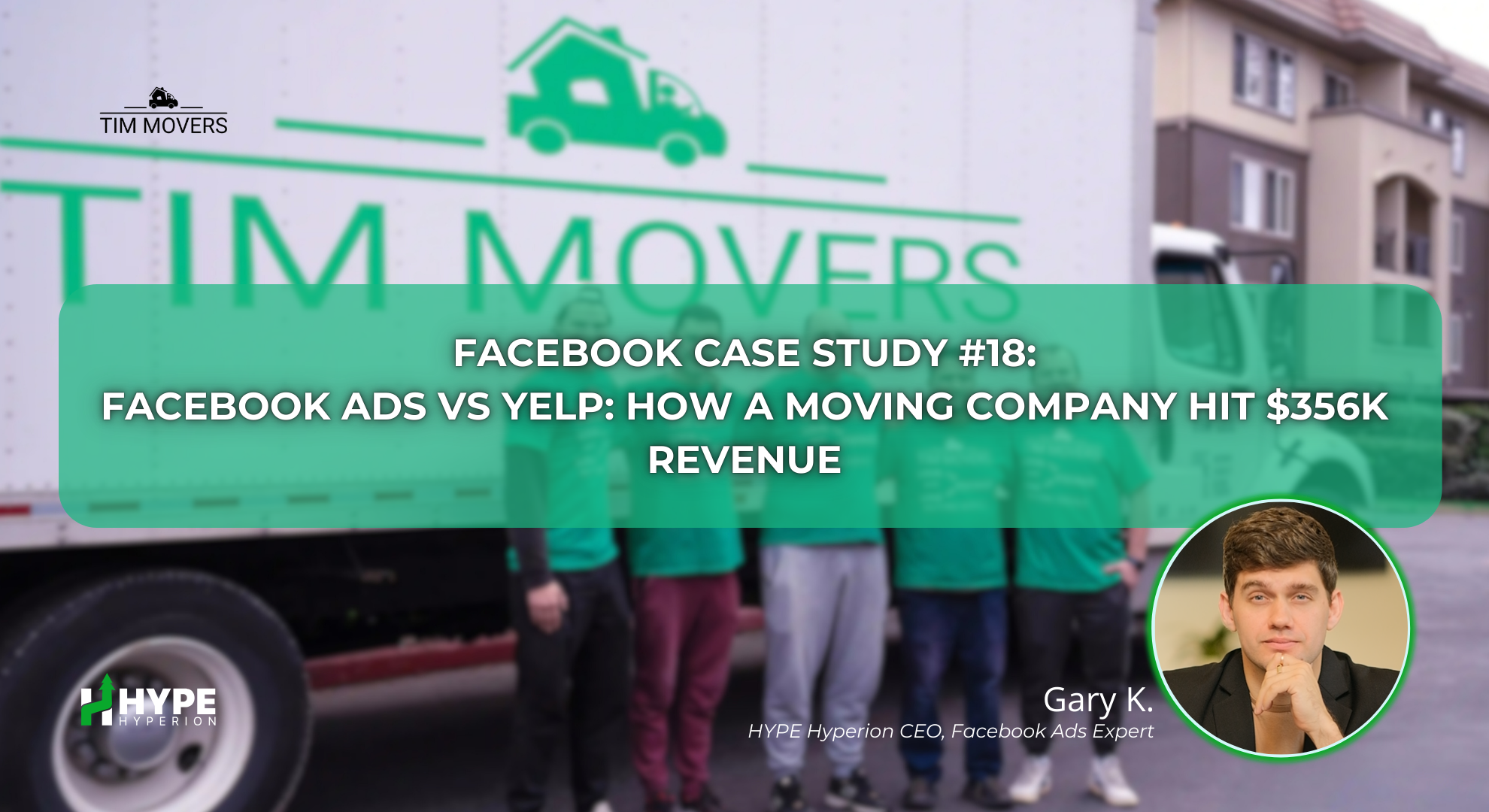How to Create Facebook Ads That Grab Attention in 3 Seconds
In today’s fast-paced digital landscape, Facebook users scroll through feeds at lightning speed. Capturing attention in the first three seconds of an ad is crucial for success. This rapid engagement is key to increasing click-through rates (CTR), driving more conversions, and maximizing ad ROI. In this guide, we’ll walk you through the essentials of creating Facebook ads that hook your audience in seconds, offering tips to make your ads more engaging, relevant, and impactful.
Understanding the 3-Second Rule for Facebook Ads
With so much content flooding users’ feeds, Facebook advertisers only have about three seconds to capture attention. During this critical timeframe, users make split-second decisions about whether to engage with an ad or scroll past it. Facebook’s algorithm also favors ads that show high initial engagement, as it interprets this as a sign of relevance. Ads that perform well within these first few seconds tend to have greater visibility across users’ feeds, increasing reach and interaction.
To succeed within the 3-second rule, you need to combine eye-catching visuals with engaging messaging. This means leveraging elements like dynamic colors, bold imagery, and concise, powerful copy. Additionally, clarity is vital; users should immediately understand what the ad is offering and why it’s relevant to them.
Using Visuals That Demand Attention
Strong visuals are foundational to crafting attention-grabbing Facebook ads. Because images and videos are processed by the brain faster than text, the right visual elements can instantly communicate your message and engage viewers before they read any text. Consider your audience’s preferences and use visuals that align with their tastes, whether it’s vibrant colors, minimalistic designs, or relatable lifestyle images.
Incorporating motion in your ads—whether through GIFs, video snippets, or animations—can significantly boost engagement. Motion naturally draws the eye, helping your ad stand out amid static content. However, keep it simple; avoid cluttered visuals that can overwhelm viewers. Instead, focus on one central image or short video clip that clearly represents your brand message. Ensuring that your visuals support your overall message will make your ad more memorable and help build brand recognition.
Crafting a Powerful, Concise Headline
The headline in your ad copy acts as a hook, drawing users in further. In a Facebook ad, where space is limited, a headline should be punchy, straightforward, and impactful. Think of it as the elevator pitch that gives users just enough information to understand the core benefit of your offer, enticing them to keep watching or click through.
For maximum effectiveness, place emphasis on solving a problem, offering a benefit, or sparking curiosity. Words like “Discover,” “Get,” or “Learn” work well in combination with a clear benefit. For example, instead of simply saying “New Product Alert,” consider something more specific, like “Get Smooth Skin in Days with Our New Serum.” This approach offers clarity and focuses on the tangible outcome, which can make all the difference in encouraging interaction.
Leveraging Strong Calls-to-Action (CTAs)
Your call-to-action (CTA) is a crucial component in directing user behavior, transforming attention into engagement. A well-crafted CTA not only tells users what to do next but can also add urgency to the decision-making process. Phrases like “Shop Now,” “Sign Up Today,” or “Learn More” should be simple yet direct, offering a clear next step.
To create a compelling CTA, use action-oriented language that aligns with the user’s intent. If your ad promotes an exclusive deal, your CTA could encourage immediate action, such as “Get 20% Off Today Only.” Pairing the CTA with visual elements, like a clickable button or directional cues, can also make it stand out and prompt interaction. Above all, ensure your CTA reinforces the value of clicking through, reassuring users that they’re making a beneficial choice.
Ensuring Relevance with Targeted Messaging
Even the most eye-catching ad will fall flat if it’s not relevant to the intended audience. Tailoring your ad message to specific segments within your audience helps to capture attention more effectively. Segmenting your audience based on demographics, interests, or behaviors allows you to create ads that speak directly to each group’s unique needs or desires.
When targeting, focus on what makes your product or service valuable to that specific audience. For instance, an ad aimed at busy professionals may highlight convenience and efficiency, whereas an ad for a younger demographic might emphasize style and affordability. By addressing specific pain points or desires, your ad will resonate more deeply, increasing the chances of engaging users within those critical first three seconds.
Using Captivating First Frames in Video Ads
For video ads, the first few frames are everything. This initial part of the video needs to grab attention and provide a clear snapshot of what viewers can expect. To achieve this, avoid long, elaborate introductions and instead jump directly into the action or main message. Start with a visually compelling scene or a provocative question that encourages viewers to keep watching.
Adding text overlays within the first frames of your video is another effective tactic. Highlighting the main benefit or a special offer right at the start can provide context immediately, even for viewers who are watching without sound. For example, if you’re promoting a limited-time sale, a text overlay with “50% Off Today Only!” creates urgency and conveys value instantly, increasing the likelihood of engagement.
Testing and Optimizing for Maximum Engagement
To consistently achieve strong results, it’s essential to test different versions of your ads. Split testing (or A/B testing) allows you to experiment with various elements—such as visuals, headlines, and CTAs—to see which combinations resonate most with your audience. Through testing, you can identify which ad components are most effective in capturing attention within the initial three seconds and driving engagement.
Analyzing your ad’s performance metrics, including CTR, video views, and engagement rates, will give you insights into which elements are performing well and which need adjustments. Based on these insights, continuously refine your ads to make sure they align with your audience’s preferences and behaviors. Ad optimization is an ongoing process that helps keep your campaigns relevant and effective.
Turn Attention into Action with Scroll-Stopping Ads
Crafting Facebook ads that grab attention within seconds requires a thoughtful approach that combines compelling visuals, targeted messaging, and action-oriented CTAs. By focusing on these elements, you can create ads that not only stop the scroll but also drive meaningful engagement with your audience. With the right strategies in place, your Facebook ads will be well-equipped to capture attention quickly, foster interaction, and deliver results that support your marketing goals.


